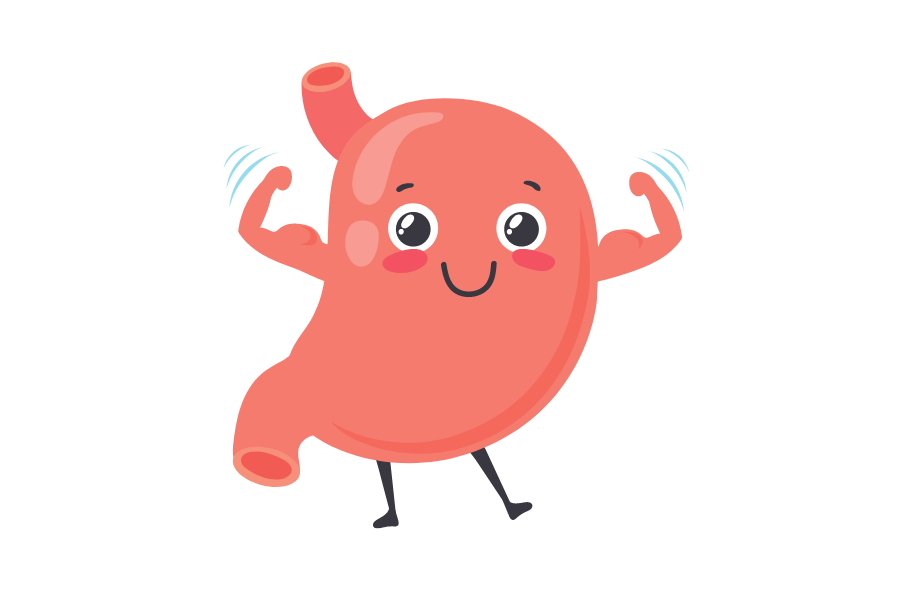Occupational Therapy: Supports for Successful Toilet Training
Written by Kelly Budnick, OTR/L
For most adults, toileting becomes an automatic behavior: after thousands of times performing this self-care task, we automatically move through the steps to complete this. However, as children, becoming independent with toileting self-care tasks requires performing many skills.
This article will address the types of skills involved in toileting and how occupational therapy (OT) can help support your child.
Important note: Parents may first need to ask their pediatricians if there is a medical issue impacting the child’s success in toileting. If there are no such issues, the child is at the appropriate age, and the child is ready for toilet training, then you can begin.
What type of skill is toileting?
Multiple body systems are operating during toileting tasks and these systems need to be to be working adequately.
These body systems include:
Physical
Cognitive
Sensory
Emotional
One or more of these systems might be affecting successful toileting.
How can Occupational Therapy help with toileting?
OT helps with toileting in several ways.
Activity Analysis
Occupational therapists analyze the many skills required for performing an occupation, or a meaningful functional activity, to obtain an activity analysis.
For toileting, there are many skills and steps required:
Dressing
Undressing
Getting up and down from the toilet
Wiping
Hand washing
Hand drying
Activity analysis allows occupational therapists to identify which skills the child is performing well, within their age, or which ones are delayed or impaired.
Part of activity analysis is observing what cognitive and emotional skills a child needs before starting toileting. OTs can determine signs of toileting readiness by obtaining a history of the child’s behavior before starting toileting training education.
In addition to determining readiness, before the physical analysis of toileting activities occurs, the child first needs appropriate body awareness (interoception). This is the body and brain’s ability to understand and process our internal information. One of these is the sense of needing to use the toilet.
In occupational therapy, we work with children on improving their interoceptive awareness, including knowing when our body is hot/cold, tired, hungry, or needing to use the bathroom.
Sequence of steps
Next, we assess If the child knows how to cognitively sequence the steps of toileting. In occupational therapy, we work with children on improving their ability to think about the sequence or steps of actions.
This may look like creating a social story or a visual schedule, amongst many other things in their OT sessions.
Physical abilities
After educating and visualizing the sequence of steps in toileting, we look at the physical abilities of the child. Toileting requires postural control and trunk strength to balance on the toilet and to get up and down from the toilet.
In OT, if the child lacks these skills, we will work on activities and exercises to strengthen these muscles and improve their balance.
Next, for toileting completion, a child must have the multiple fine-motor skills it requires to:
Button and un-button pants
Zip and unzip zippers
Grasp and release toilet paper or wet wipes
Grasp and turn faucet handles
Within fine motor skills, there are a number of grasp actions and pinch skills that OTs look at.
Activities to improve these skills may look like meaningful manipulation activities with beads, playdoh, clothespins, pom poms, or “Squigz” toys.
Sensory skills
Toileting also requires specific sensory skills including the ability to modulate or regulate the incoming sensory information. Some children may be over or under response to different sensory stimuli in the environment.
For example, if a child has auditory (or hearing) hypersensitivity, toileting with the sounds of a running faucet or a hand dryer may be overwhelming. Conversely, a child may be hyposensitive to sensory stimuli. For example, a child may have difficulty detecting where their body is in space, and it may be difficult for them to reach behind their back and wipe in the right spots thoroughly.
In occupational therapy, therapists perform a number of assessments to determine which sensory systems may be operating typically or may have modulation or discrimination impairments.
Individualized toileting plan
Finally, after a thorough parent and child intake and activity analysis, an OT can recommend individualized strategies to perform at home to improve self-care skills.
In addition to looking at the child, OTs are skilled in analyzing the environment where the skills take place and recommending modifications or adaptations to improve success. For toileting, this may look like adding a “squatty potty” or perhaps changing the lighting in the bathroom.
Support is available at Columbia Pediatric Therapy
As we know, each child is very different and there is no “one size fits all” approach to improving toileting independence.
With occupational therapy, our goal is to assess, educate and perform meaningful, functional activities with children so that they can be as independent and happy as possible doing their daily routine.
Reach out to our expert occupational therapists at Columbia Pediatric Therapy for more information or to schedule an evaluation today.




